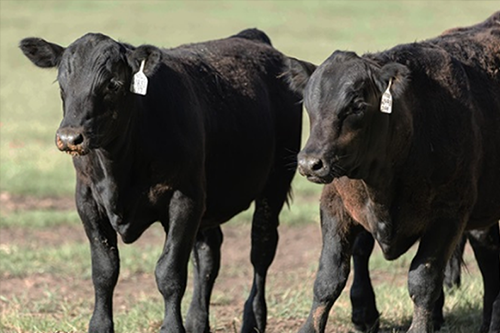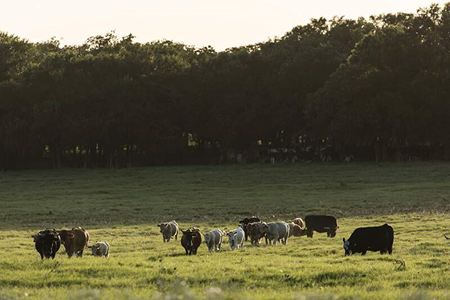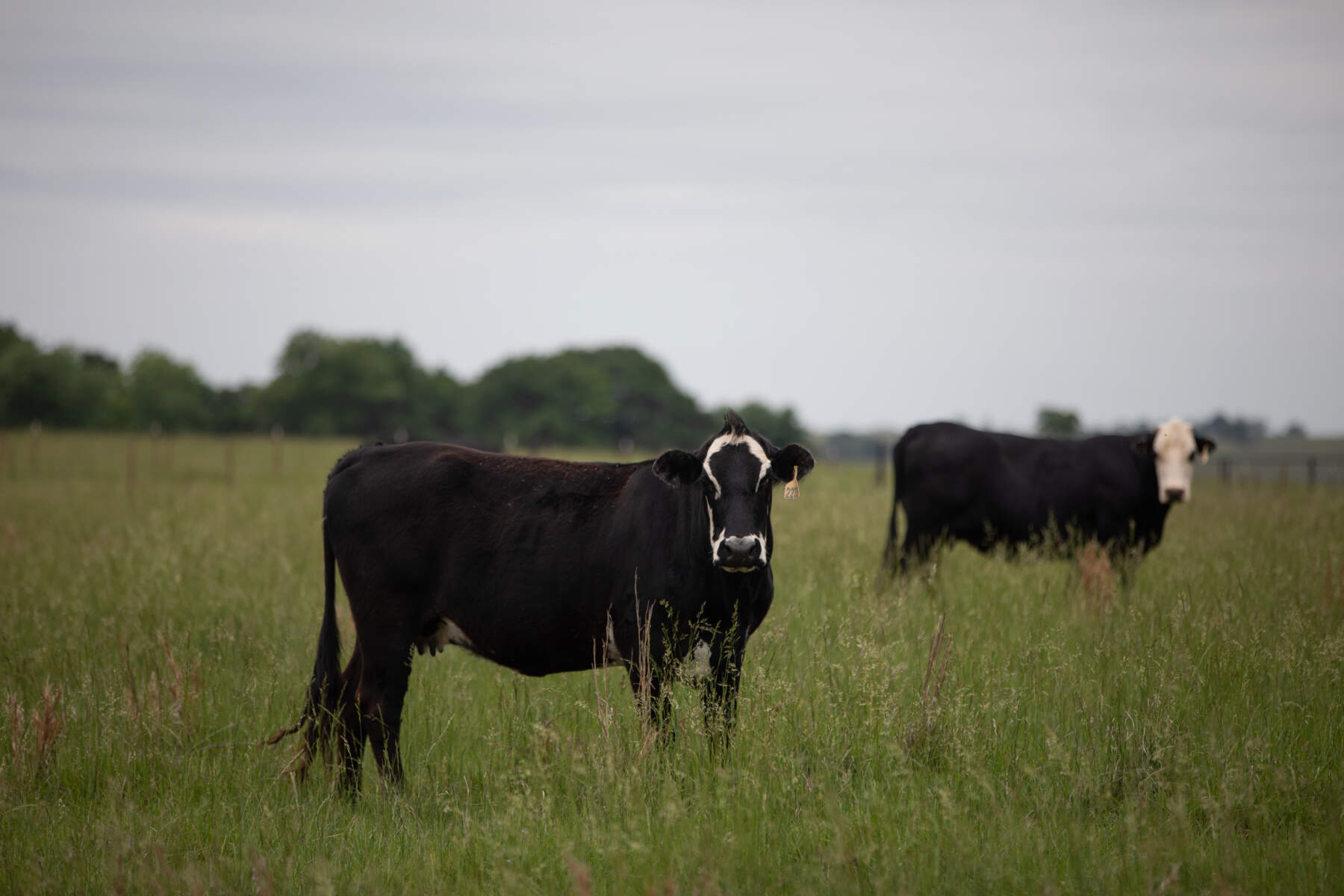
Flies can significantly impact the well-being of beef cattle, causing reduced weight gains and decreased feed efficiency. To optimize cattle performance and
safeguard your bottom line, implementing an effective Integrated Pest Management (IPM) program is essential. Keep
reading to learn more about managing disease-spreading fly populations.
The key component to start any IPM program is the initial Planning phase, which includes the identification of problem pests, understanding their habits and
devising a management strategy. Once the target pests have been identified, a successful IPM strategy must advance to the Implementation phase, approaching pest
control through a combination of several complementary methods.
To have a complete program, one should include several of the following tactics:
- Improve cultural practices to reduce fly resting, feeding, and breeding sites through regular cleaning and upkeep of facilities and surrounding vegetation.
Effective fly control begins with cultural practices, particularly in managing cattle manure. Flies breed in manure, emphasizing the importance of proper
manure management. - Incorporating natural enemies of flies, such as parasitic wasps and predatory beetles, constitutes biological control. This method helps limit fly
populations without adverse effects on animals or humans. By enhancing the ecosystem's natural balance, biological control is an eco-friendly approach to
pest management. - Incorporate various physical techniques, like fly traps and sticky tapes to remove adult flies that
migrate from surrounding areas and help monitor the amount of fly activity. - Using targeted products to control flies like Altosid® IGR, a feed-through fly control product. This product delivers a key active ingredient to cattle,
disrupting the fly life cycle in manure and preventing the emergence of adult horn flies.
Altosid® IGR is an insect growth regulator (IGR) that passes through the animal and into the manure, where horn
flies lay their eggs. It breaks the horn fly life cycle, preventing pupae from developing into biting adult flies. There’s no need to round up or handle cattle
because the animals spread the horn fly control as they graze, placing it in the exact location where horn flies lay their eggs.
In conclusion, while establishing a solid Integrated Pest Management (IPM) program is crucial, the journey doesn't stop there. Ongoing monitoring is just as
vital. Regularly assessing fly populations using speck cards and fly traps allows cattle operators to fine-tune their strategies, maximizing control efforts. By
integrating cultural, biological, and chemical control measures seamlessly, cattle operators can ensure optimal performance and well-being, ultimately
contributing to a healthier bottom line.


